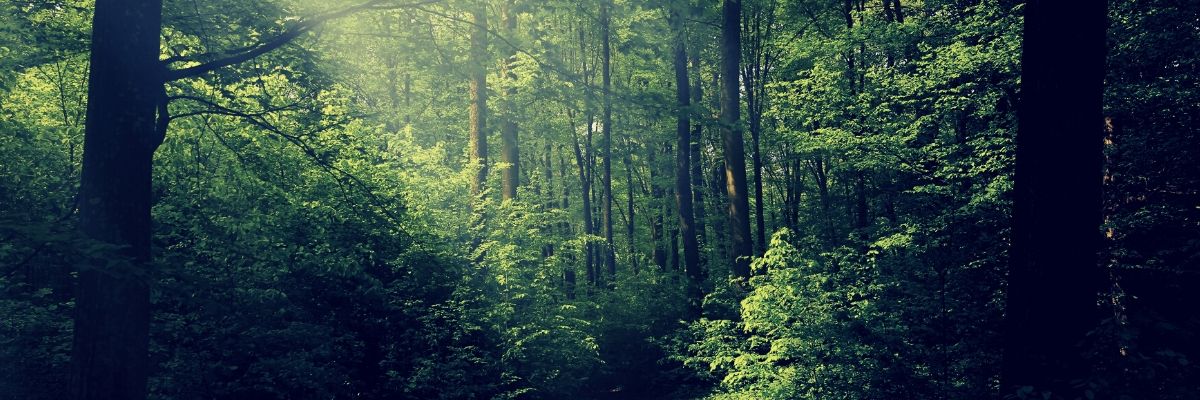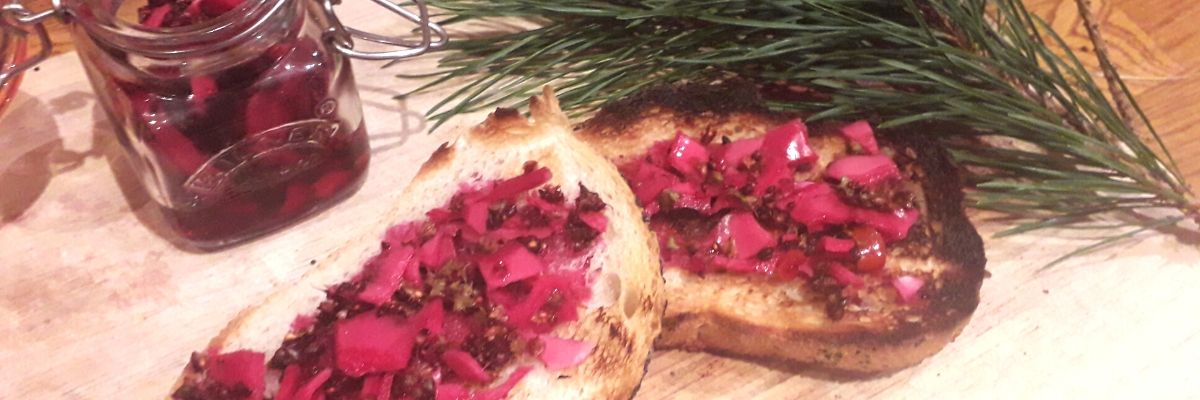What’s in Season? Foraging in Winter Months
Sometimes foraging in winter feels like a secret adventure. Wild foodie treasures don’t fully disappear after the fruitful summer months. Fresh green leaves, nuts and berries may be a little harder to identify but they are there for the taking. Sometimes it feels as though nature knows more about what we actually need than we do ourselves. You will find plenty of sources of vitamin C and other immune boosters during the winter months, helping you to keep cold and flu symptoms at a distance.
When the evenings are dark and there is frost in the air you have plenty of time for playing around with your wild food finds in the kitchen. Every season is a time to get back to nature and reconnect with the landscapes around you. When you look at the winter hedgerows, drooping, grey and glistening with frost, it’s hard to imagine there is much life around. But the truth is, even in the depths of winter, plenty of foodie treasures can be found.
Grab your hat and scarf and head out for a local forage with friends. Here are just a few of the wild treats you can hope to discover in winter.
BERRIES
Rosehips
One of our favourite food sources in winter is the Vitamin C packed rose hip. These are plentiful in parks and woodlands at this time of year. Be sure to wear your gloves as they come with thorns attached to the stems. Enjoy sipping rosehip tea and mixing them for syrups.
Hawthorns
Used as a herbal remedy to tackle high blood pressure in ancient times, the hawthorn berries and stems are high in antioxidants.
Juniper Berries
These tree berries are deep purple in colour. You can infuse them in drinks and the stems have a wonderful fragrance that can be used to clear any nasty odours in the house.
Sloe Berries
Gin infused with sloe berries is now one of the most popular drinks on the market and it is easy to see why. Sloes are sweet and pack a punch when it comes to flavour.
WILD GREENS
Pine Needles
These spiky needles that come from scots and spruce pine trees contain high amounts of vitamin C and are often used in winter herbal tea recipes.
Wood Sorrel
Available year round this healthy woodland green is a wonderful addition to warm salads in winter. They have a bitter but pleasing taste that will leave you wanting more.
Jack by the Hedge
Often known as garlic mustard, Jack by the Hedge is a winter gem. They have distinct heart shaped, hairless leaves that sometimes look like nettles but they won’t sting you. The leaves have a natural anti-freeze and so they are worth foraging in the winter months.
Honesty
With its radish flavoured leaves Honesty is a lovely little leaf to forage in winter. Try a taste of the root and the leaves.
Ground Elder
Smelling and tasting a little like parsley we can think of lots of dishes for this wild weed.
Dock
If they are picked young they have a nice lemon flavour that goes well with any fish dish.
MUSHROOMS
To our amazement the woods are still packed with different mushroom species this year but there are some types of mushrooms more commonly found in winter than others. These include wood blewits, velvet shank mushrooms and oyster mushrooms.
Join one of our next foraging tours or find out more about winter foraging with our free foraging guide.



